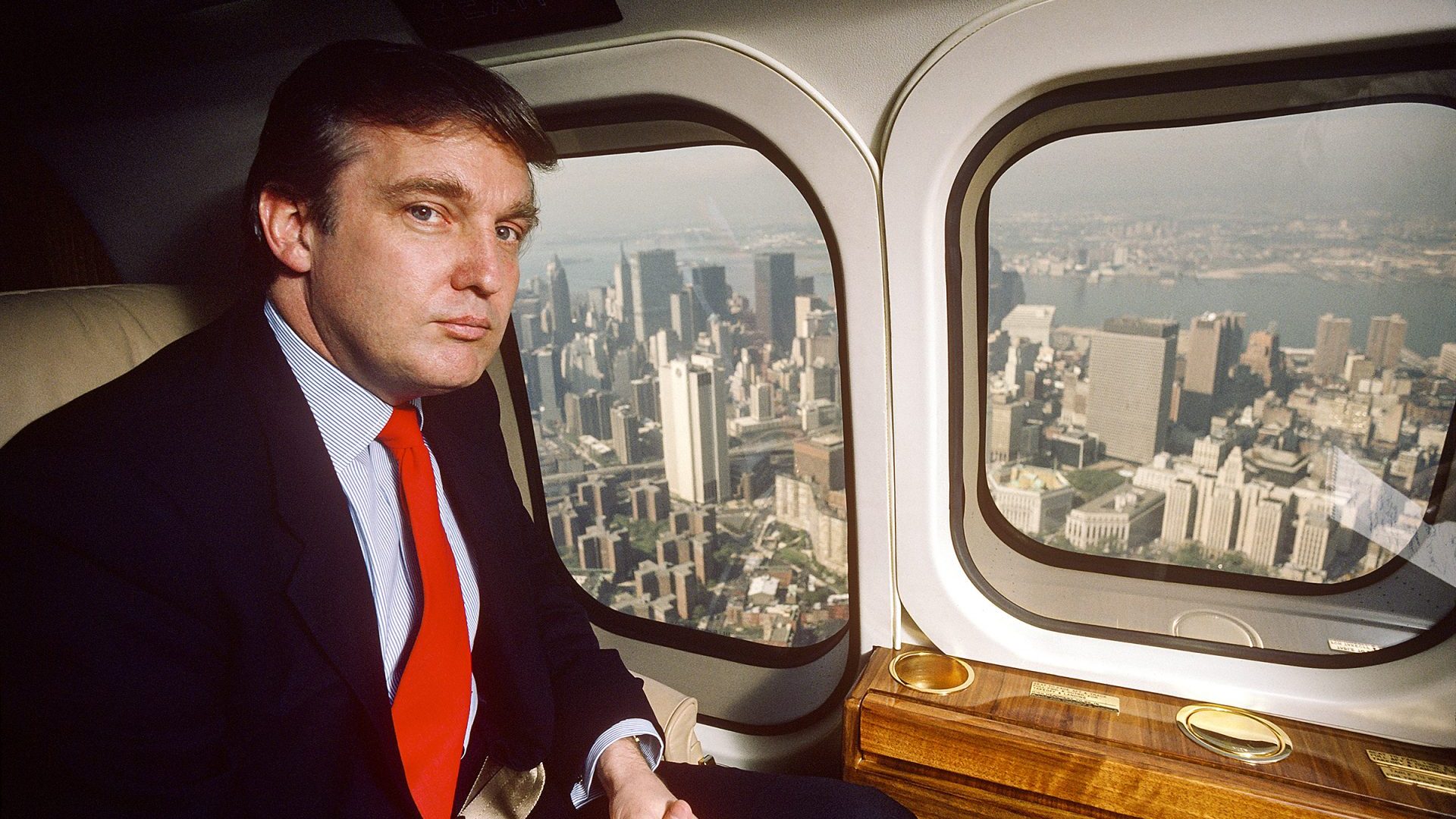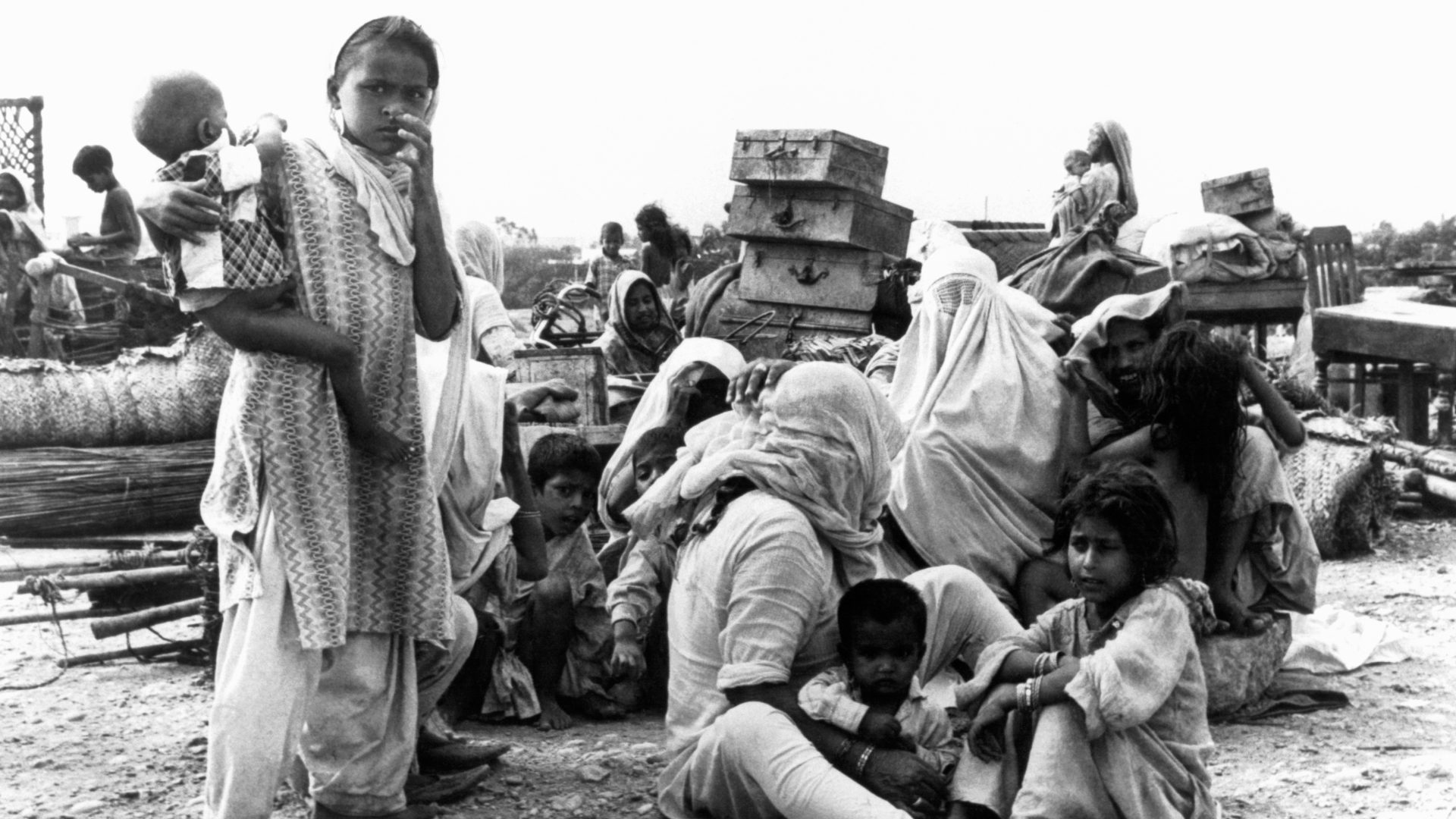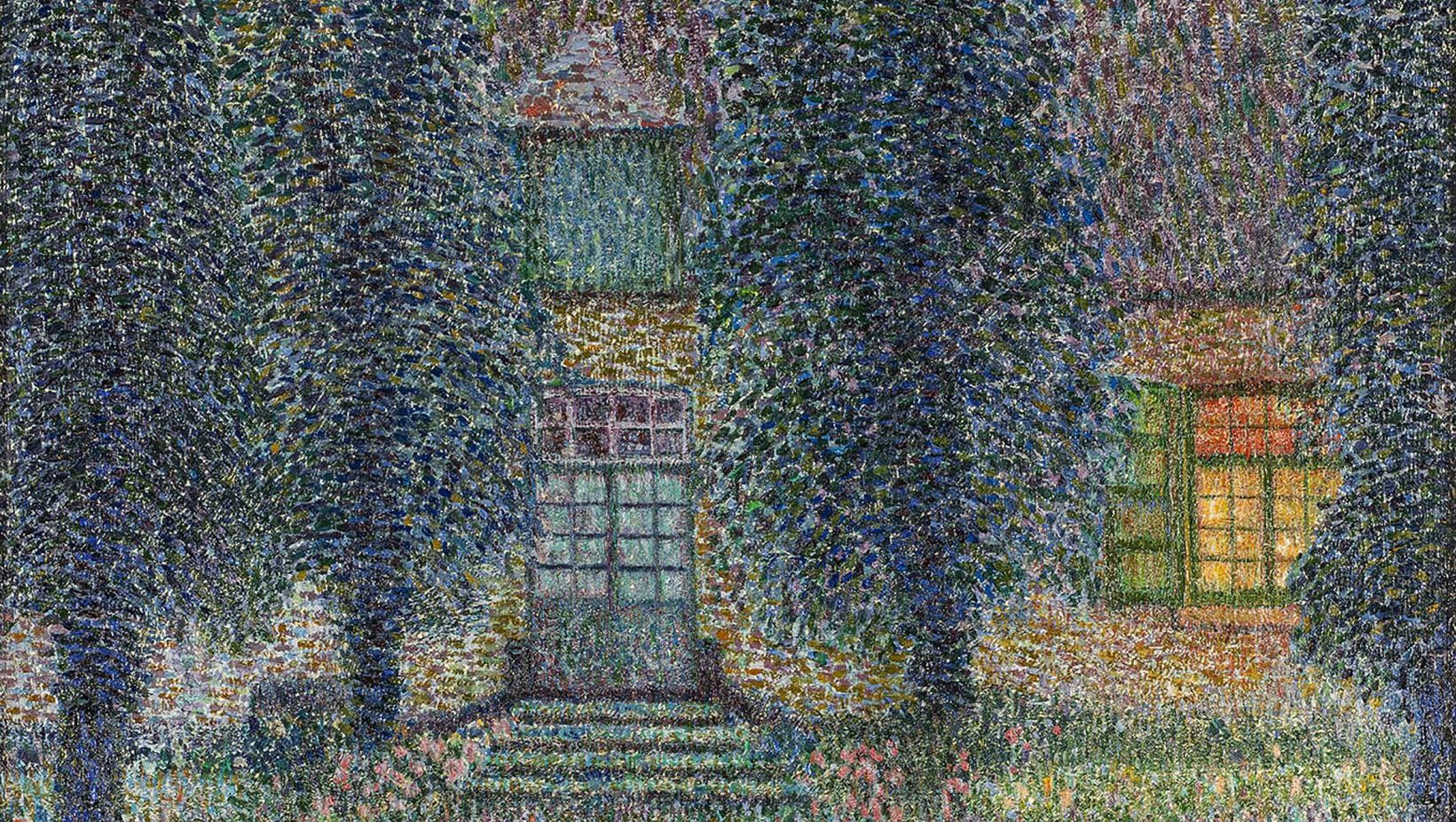In 1989, when the final leg of the inaugural Tour de Trump cycling race crossed its finish line on the streets of Atlantic City, Donald J Trump issued a claim that would echo down the decades.
In a foretaste of his now infamous boast about the size of the crowd at his inauguration as president, in January 2017, the man then best known as a real estate developer and author of a ghostwritten bestseller told anyone who would listen that a million spectators had gathered on the streets of the troubled boardwalk city. Local newspaper columnists disagreed. They put the figure at about 5,000.
This telling titbit is just one of a vast number of eye-catching details in The Gods of New York: The Tumultuous Eighties, From Donald Trump to the Tompkins Square Riots, the forthcoming book from the New York Times staff writer Jonathan Mahler. Equal parts historical document, journalistic tour de force, and rip-roaring yarn, its 400-odd pages chronicle a period (1986-1989, the years of mayor Ed Koch’s third and final term) in which the city’s louder-than-life powerbrokers made their bones on streets that posed an existential threat to anyone who set foot on them. As if holidaying on the Jersey Shore, the action leaves New York only to examine Trump’s ruinous foray into the Atlantic City casino business.
Speaking to me from a book-lined room in his home in Brooklyn, Jonathan Mahler explains that The Gods of New York’s long journey from farm to table began with him writing a series of articles about Trump’s rise to prominence in the New York of the 1980s during the 2016 presidential election campaign.
“I started talking to an editor at Random House who was interested in that period, and in Trump in that period,” he tells me. “But the more we talked about it, and the more I thought about it, I began to feel like the ’80s in New York was an interesting period more broadly. I wasn’t really keen to write a book about Donald Trump, but making him one of a larger cast of characters during that period in New York, that could be interesting.”
Alongside you-know-who, the book’s roll call includes a venally ambitious Rudy Giuliani, Aids activist Larry Kramer, perennially embattled police commissioner Benjamin Ward, civil rights entrepreneur Al Sharpton, Public Enemy bandleader Chuck D, columnist Jimmy Breslin, film director Spike Lee, and more. In stories that overlap like waves from a polluted ocean, the scene is one of crime, racial disharmony, health crises, insider trading, citywide corruption, homelessness, bankruptcy, and goodness knows what else. Ensconced in City Hall, the ever-optimistic Koch is both waving and drowning.
Trump and Koch provide the book’s polarities. Despite living in Gracie Mansion, his five-bedroom official residence on the banks of the East River, the mindful mayor retained the lease on his one-bedroom rent-controlled apartment in Greenwich Village, just in case. Untainted by the larceny of local government, for 11 years, he held tight to the kind of scruples that were entirely absent in his incessant nemesis.
Meanwhile, even in the ’80s, Trump was the kind of guy who gifted his deeply creepy fixer and mentor Roy Cohn a pair of Bulgari cufflinks that were later discovered to be fakes.
“One of the things that I write about that I think helps you see Trump in a new light is his rivalry with Ed Koch,” Mahler says. “For many New Yorkers, Trump was kind of just a comical over-the-top figure, but Koch saw through him from the beginning. Koch saw that he wanted to take advantage of the city, was trying to get tax breaks that he didn’t need and didn’t deserve, and Koch, for all his flaws, really was someone who did care deeply about New York and who wanted to protect New York and do right by New York.
“Trump,” he adds, “was someone who clearly wanted to do right by Donald Trump.”
Suggested Reading
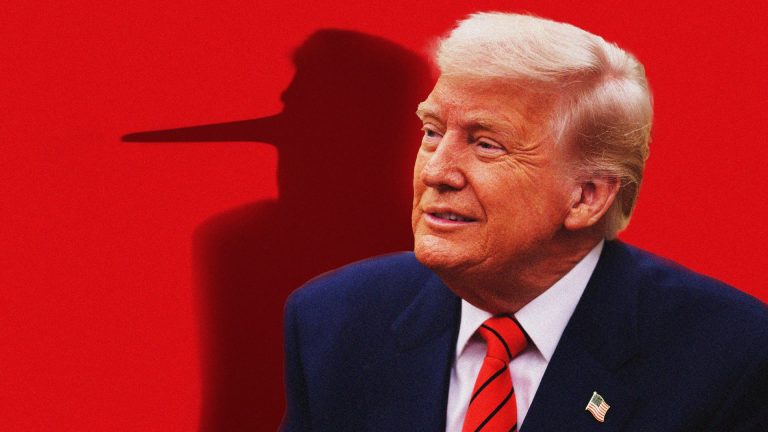
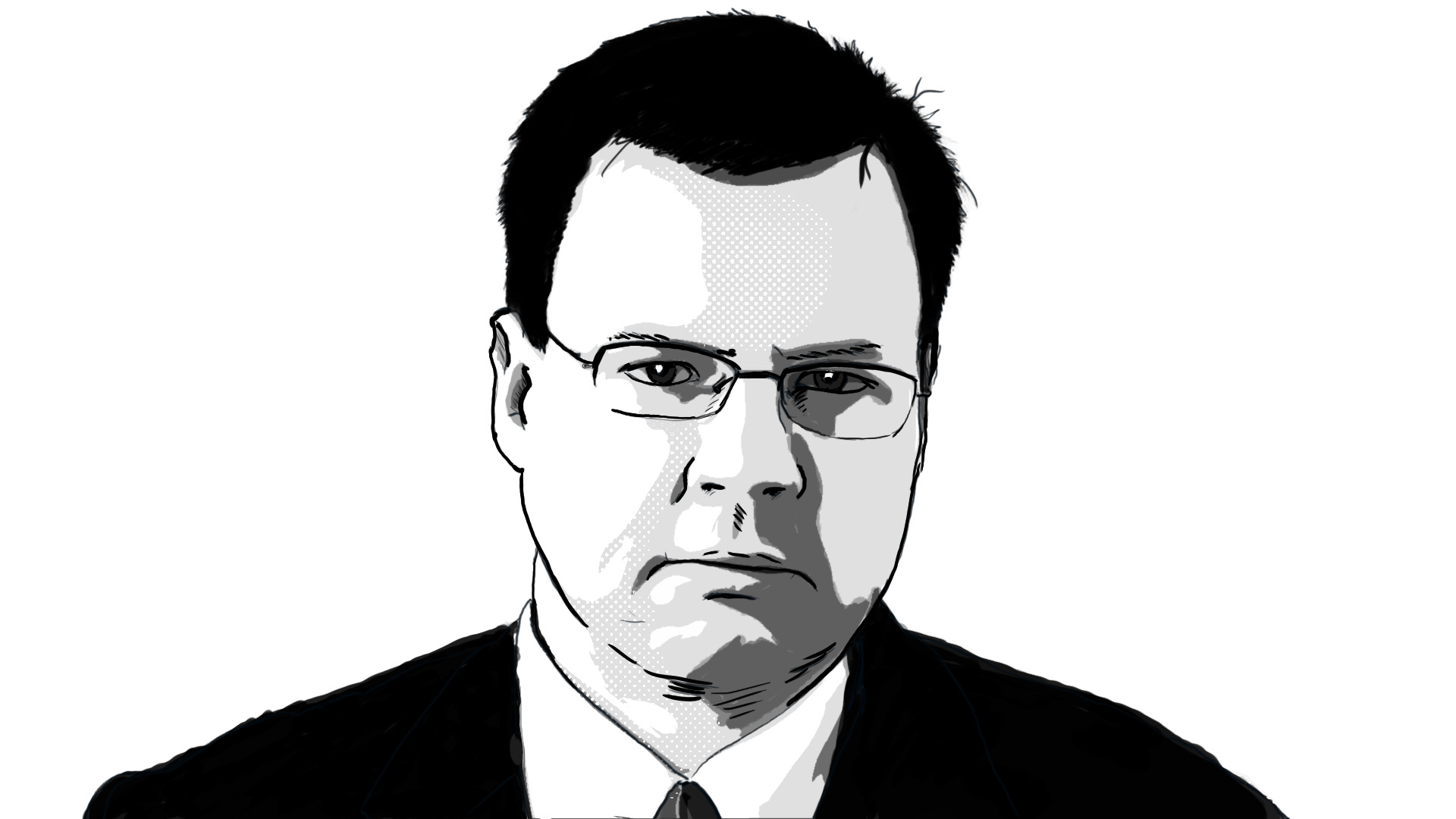
The lie that could finish Trump
Remarkably, in the jungle of New York, Trump blended into the clamour in a way that today seems impossible. For all his braggadocio, not to mention an emerging mean streak typified by his calls for the death penalty for six young men falsely accused of raping a runner in Central Park, in 1989, his is but a lone voice in a male voice choir dedicated to acrimony and trash talk. From Bathgate Avenue to Rockaway Beach, thuggery abounds.
“Much of that has to do with the media,” Mahler believes. “New York at that time had three tabloids – the Daily News, the New York Post and Newsday. And of course there was the Times, too, but it was really the tabloids that everybody read and which really brought the city together in a way… In that sense, New York is kind of like a small town.
“If you were someone like a Donald Trump or a Larry Kramer or an Al Sharpton… really, all of them learned that if you wanted to get people’s attention, you had to say or do something outrageous, which the tabloids would then write about and then everyone would read about it,” he adds. “That’s how you would build your name, and your image. And that’s the Donald Trump story in a nutshell.”
The action takes place at a time when New York was emerging from a perilous losing streak. In 1975, the federal government’s refusal to provide financial assistance to its busted budget warranted the most famous tabloid headline in the history of the five boroughs. “Ford to City – Drop Dead” screamed the front page of the Daily News. Jonathan Mahler established his credentials as a modern historian by writing about this period in his masterful book Ladies & Gentlemen, The Bronx is Burning, from 2006.
As it is wont to do, in time, New York bounced back hard. As Michael Bloomberg, one of its rare Republican mayors, asserted in a speech reported by the NYT in 2003, “If New York City is a business, it isn’t Wal-Mart – it isn’t trying to be the lowest-priced product in the market. It’s a high-end product, maybe even a luxury product. New York offers tremendous value, but only for those companies able to capitalise on it.”
In other words, it’s expensive. When I lived in New York in 2023, I took perverse delight in posting photographs of some of the goods on sale at a local supermarket in Hell’s Kitchen for the disbelieving eyes of friends in England. My favourite item was a bottle of no-frills pasta sauce for $8.99.
Each day, no matter how hard I tried, I couldn’t seem to scratch up a meal for anything less than 20 bucks. I began to wonder if the Supplemental Nutrition Assistance Program, otherwise known as food stamps, was the only protection against hunger for residents a good deal poorer than me.
Such extremes, of course, help explain the arrival on the campaign trail of the 33-year-old Zohran Mamdani, the democratic socialist who this summer became the Democratic Party’s candidate for the mayoral election in November. Mamdani, Mahler explains, “has done very well among a demographic of people who are college educated, who have good jobs in creative industries or some kind of adjacent field, but who, despite making $80,000 or a $100,000 a year, can’t afford to live in many neighbourhoods in the city where they think they should be able to live. And that’s not good. That’s a problem.”
For all its rollicking characters and its eye-popping stories about racially aggravated murders, crack cocaine, the rights of the homeless, and the emergence of an unrepentant gay movement in the teeth of the Aids crisis, The Gods of New York’s deepest flavour comes from its framing of New York at the very moment it arrived at its last great crossroads. Progressivism or profit, that was the question. Almost four decades later, the answer has yet to arrive.
“New York is so diverse, ethnically, but also economically, that it’s trying to have these different identities that can’t be reconciled,” says Jonathan Mahler. “It’s trying to be both the centre of global capital and this great city that lifts up immigrants, and it’s the friction between those two identities that makes New York such a great and exciting place… That’s what makes the city so interesting. But it also makes it unmanageable and ungovernable, and that’s the reality. And that tension just never goes away.”
Just as well, then, that the city is unified by its powerful mythical memories. When the mood takes them, New Yorkers can persuade themselves of anything. In my experience, in fact, millions of its residents have come to believe that John Lennon grew up on 72nd Street and Central Park West while Donald J Trump was born in Milwaukee or Indianapolis.
As one of the few characters in Mahler’s book who somehow remains in the game, Trump was able to take leisurely revenge on a home town that has yet to afford him the respect he thinks he deserves. I saw it happen, in fact.
Four days before last November’s general election, as many thousands of his supporters filed into a rally at Madison Square Garden, I was captured by the president’s baleful glare beaming forth from electronic billboards overlooking 8th Avenue. Squinting in the sunshine, I could easily imagine he had only one question for the city that gave him life. “How’d you like me now?”
The Gods of New York: The Tumultuous Eighties, From Donald Trump to the Tompkins Square Riots by Jonathan Mahler is published on August 14 by Hutchinson Heinemann
Ian Winwood is a journalist and author whose work has appeared in the Guardian, Rolling Stone and the BBC

